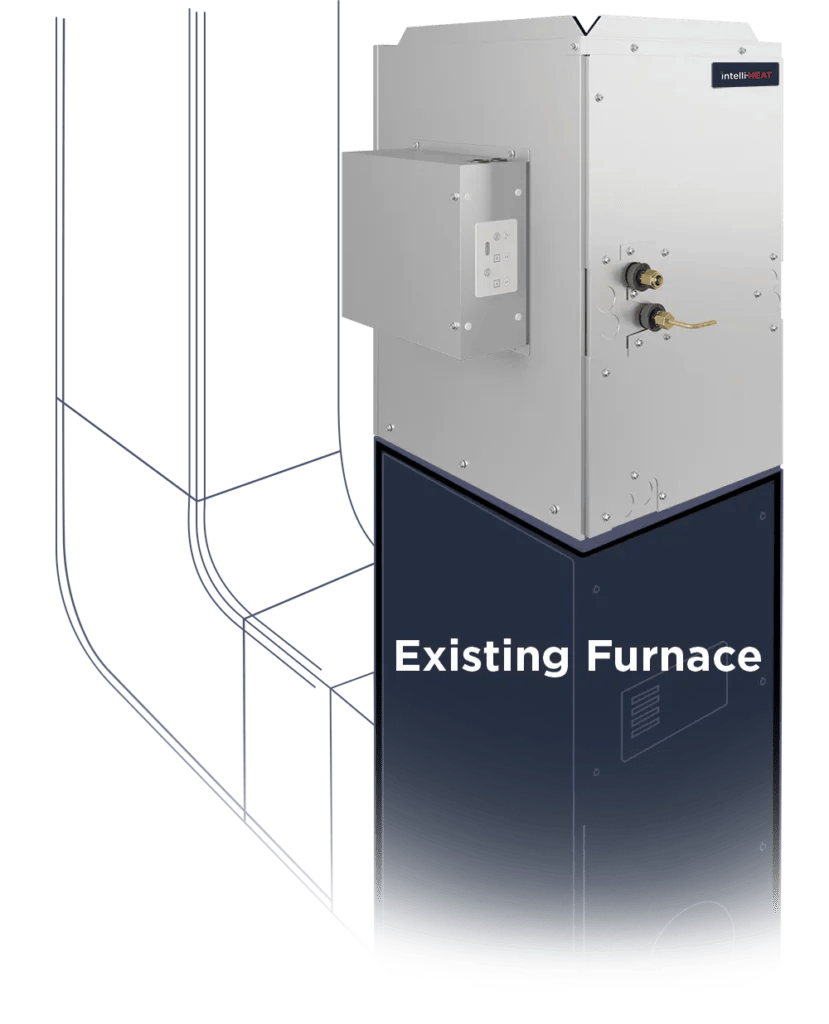Glossary of Terms:
- Furnace: A heating device that warms your home by circulating air through ducts.
- AFUE (Annual Fuel Utilization Efficiency): A measure of how efficiently your furnace converts fuel into heat.
- Short Cycling: When a furnace turns on and off frequently without completing a heating cycle, often caused by mechanical issues.
- Zoned Heating: A system that divides your home into sections, each with its own thermostat for customized temperature control.
- Heat Exchanger: The part of a furnace that transfers heat from combustion gasses to air that circulates through your home.
- Insulation: Material used in walls, ceilings, and floors to reduce heat loss.
- Thermostat: A device used to regulate the temperature inside your home.
Why Overworking Your Furnace Is a Problem
On cold days, it’s tempting to push your furnace to its limits to stay warm. However, an overworked furnace can lead to:
- Higher energy bills: Constant operation consumes more energy.
- Inconsistent heating: Overworking can reduce system performance, leaving cold spots in your home.
- Increased wear and tear: Running continuously shortens your furnace’s lifespan and increases the risk of breakdowns.
- Potential safety risks: Issues like short cycling or a cracked heat exchanger can result in dangerous situations, such as carbon monoxide leaks.
Preventing overwork isn’t just about saving money—it’s about keeping your home safe and comfortable all winter long.

Tips to Prevent Overworking Your Furnace
1. Use Your Thermostat Wisely
Set your thermostat to a steady, comfortable temperature. The Department of Energy recommends 68°F during the day and lowering it by 7-10°F at night or when you’re away. Avoid constant adjustments, as this forces your furnace to work harder.
For maximum efficiency, consider upgrading to a programmable or smart thermostat. Not sure how? Learn about our heating installation services.
2. Seal Drafts and Improve Insulation
Drafts from windows and doors make your furnace work harder to maintain indoor temperatures. Seal gaps with weatherstripping or caulk, and add insulation to walls, ceilings, and attics to retain heat.
3. Use Ceiling Fans
Switch ceiling fans to run clockwise on low speed in winter. This helps push warm air down from the ceiling, distributing heat more evenly.
4. Maintain Your Furnace
Schedule regular heating maintenance to keep your system running efficiently. Routine inspections can catch issues like clogged filters or malfunctioning parts that cause overwork.
5. Zone Your Heating System
Zoning allows you to heat only the areas you use, reducing the strain on your furnace. This is especially useful in larger homes or those with unused spaces.
6. Avoid Extreme Temperature Settings
Setting your thermostat to a very high temperature won’t heat your home faster; it only forces the furnace to run longer. Stick to moderate adjustments to maintain efficiency.
7. Clean or Replace Filters Regularly
Dirty filters restrict airflow, forcing your furnace to work harder. Check and replace filters monthly during the heating season to ensure optimal performance.
8. Close Curtains and Blinds at Night
Windows are a significant source of heat loss. Closing curtains and blinds at night helps retain warmth and reduces the load on your furnace.
9. Use Supplemental Heat Sources
Space heaters or fireplaces can help maintain warmth in key areas, allowing you to lower your furnace’s output without sacrificing comfort.
🔥 Quick Tips to Prevent Furnace Overwork
| Tip | Why It Helps | Action Steps |
| Set a consistent thermostat temp | Reduces frequent on/off cycling and stabilizes energy usage. | Use a programmable thermostat to automate settings. |
| Seal drafts | Prevents cold air infiltration and heat loss. | Apply weatherstripping to windows and doors. |
| Regular maintenance | Ensures optimal performance and identifies issues early. | Schedule annual heating maintenance. |
| Replace air filters | Improves airflow and prevents overheating. | Check and replace filters monthly. |
| Use ceiling fans | Distributes warm air more evenly throughout rooms. | Set fans to run clockwise at low speed in winter. |
| Add insulation | Reduces heat loss through walls, ceilings, and attics. | Install or upgrade insulation in key areas. |
| Zone your heating system | Reduces strain by heating only necessary areas. | Consider a zoned heating upgrade with our heating installation. |
🌟 Fun Facts About Furnaces
- Ancient Innovation: Central heating systems date back to ancient Rome, where the hypocaust system used heated floors to warm buildings.
- Efficiency Evolution: Modern furnaces can reach up to 98% efficiency, compared to older models which were often below 70%.
- Carbon Reduction: Upgrading to a high-efficiency furnace can reduce your home’s carbon footprint by several tons annually.
- Short Cycling Clue: Frequent on/off cycles not only overwork your furnace but can also indicate problems like improper sizing or thermostat issues.
- Energy Savings: For every degree you lower your thermostat, you can save about 1% on your energy bill per year.
🧐 FAQ: Preventing Furnace Overwork
Q1: Why does my furnace keep turning on and off?
This could be short cycling, often caused by a dirty filter, thermostat issues, or an improperly sized furnace. Contact us for heating repair.
Q2: How often should I replace my furnace filter?
Filters should be checked monthly and replaced every 1-3 months, depending on usage and filter type.
Q3: What’s the ideal thermostat setting for winter?
68°F during the day and lowering it by 7-10°F at night or when you’re away is recommended for efficiency.
Q4: How can I tell if my furnace is overworked?
Signs include higher energy bills, inconsistent heating, frequent cycling, or unusual noises.
Q5: Should I schedule furnace maintenance even if it seems fine?
Yes, annual heating maintenance ensures efficiency and catches issues before they lead to breakdowns.
Q6: Can a programmable thermostat really help reduce furnace strain?
Absolutely. It automates adjustments to maintain a steady temperature, reducing unnecessary furnace operation.
Q7: What’s the lifespan of a typical furnace?
Most furnaces last 15-20 years with proper maintenance. Older units are more prone to overworking.
Q8: Does zoning require a new heating system?
Not always. Many existing systems can be upgraded with zoning capabilities. Request a quote to explore your options.
Q9: Can space heaters help reduce furnace strain?
Yes, using space heaters in frequently occupied rooms allows you to lower the overall thermostat setting.
Q10: How do I know if my furnace needs repair or replacement?
If repairs cost more than half the price of a new furnace or if your system is over 15 years old, it’s time to consider heating installation.

🧩 Quiz: Is Your Furnace Overworked?
Answer these Yes/No questions to find out:
- Do you adjust your thermostat frequently throughout the day?
- Are your energy bills significantly higher than last winter?
- Does your furnace turn on and off frequently?
- Have you skipped annual maintenance in the past year?
- Are some rooms in your home noticeably colder than others?
If you answered “Yes” to 3 or more questions, your furnace may be overworked. Contact us for a professional evaluation.
Keep Your Furnace Running Smoothly
Your furnace is the heart of your home’s heating system, and taking steps to prevent overwork ensures it can keep you comfortable all winter. From optimizing thermostat settings to sealing drafts and scheduling regular maintenance, simple changes can make a big difference.
At Iceberg Mechanical Corp, we’re dedicated to helping you stay warm efficiently. Whether you need heating maintenance, heating repair, or a new system installation, we’ve got you covered. Contact us today to schedule a service or get a free quote. Let’s keep your home cozy and your furnace stress-free!


